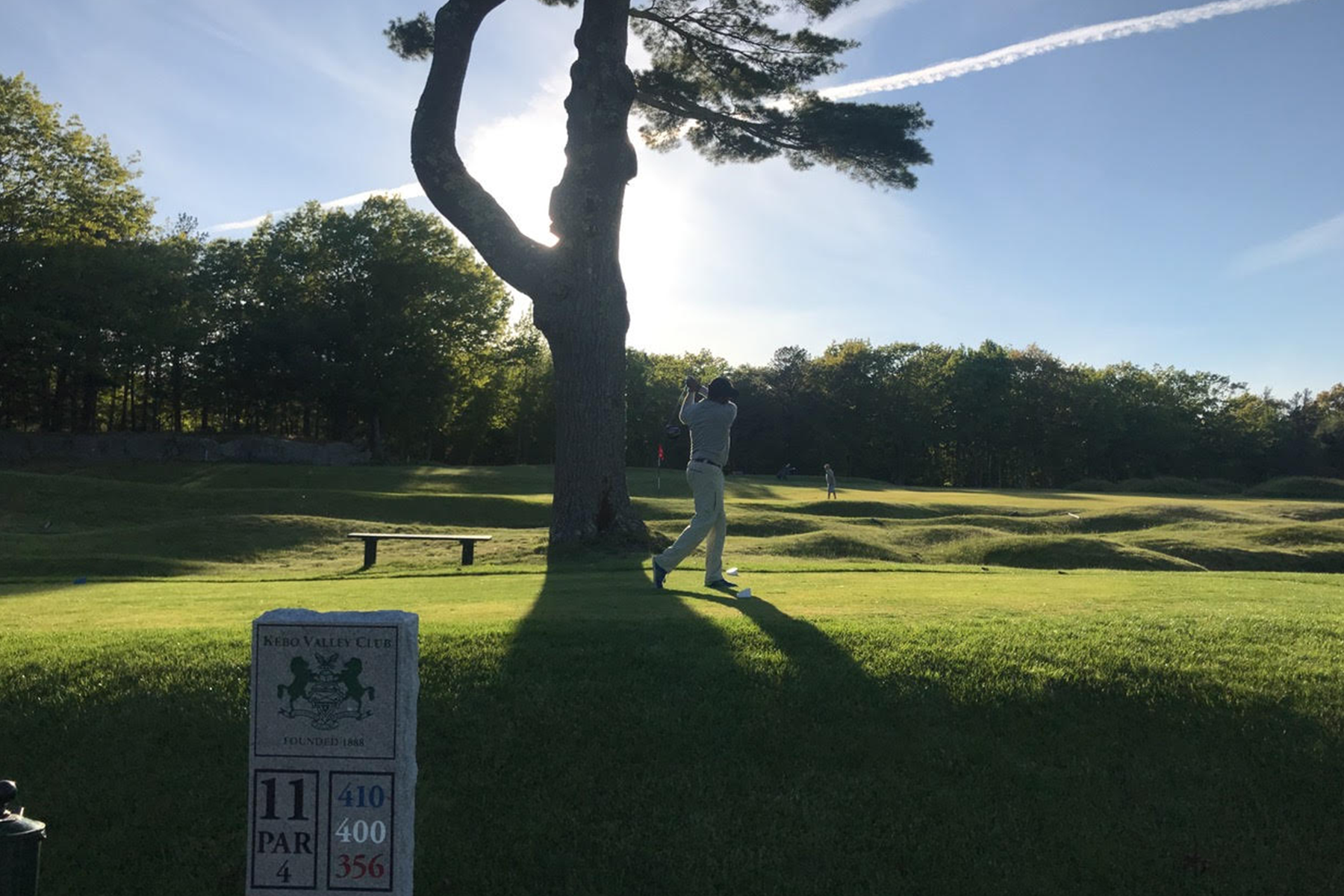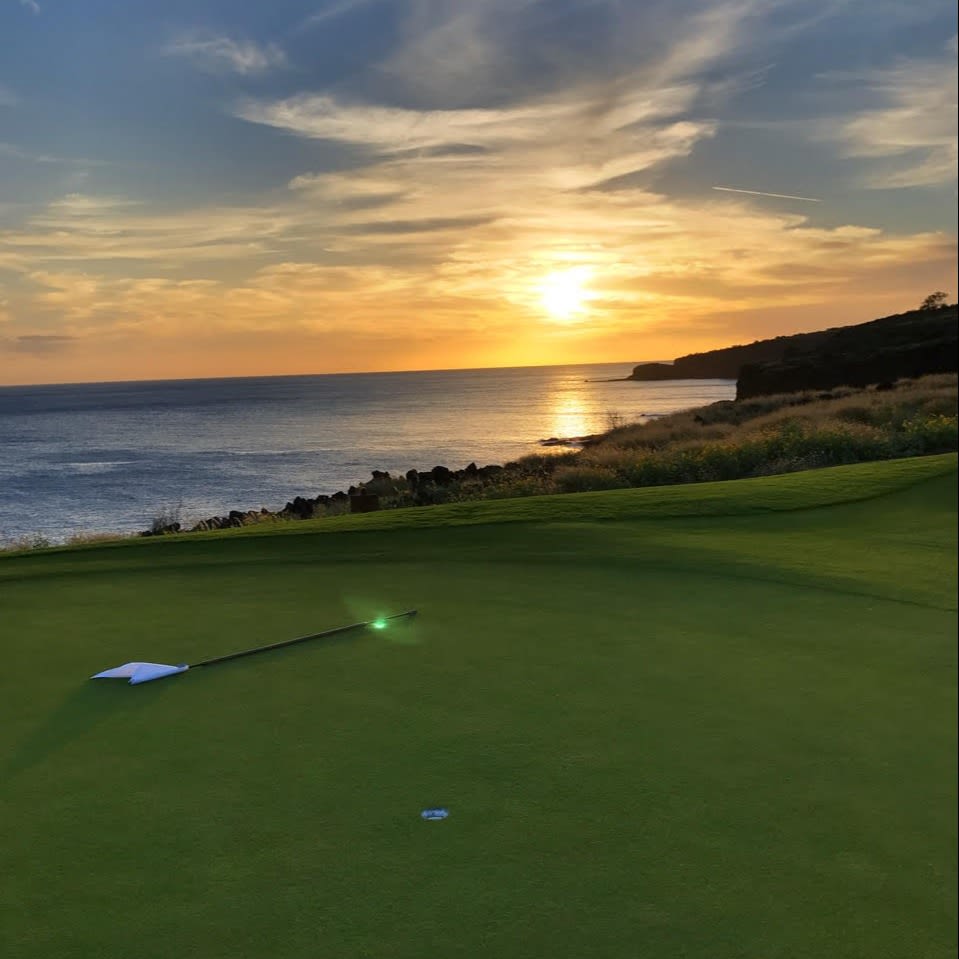Game Changers
New to the Game of Golf? Play By Your Own Rules
By Michael Williams, PGA of America Special Contributor
Published on

2020 saw an estimated 50 million more rounds played than in the previous year, many of those rounds were from players who are new to the game. The challenge for the golf industry is how to keep those golfers in the game and having an enjoyable experience on the course while not making it miserable for existing golfers. One of the keys is to encourage that players feel free to play by their own rules.
When I worked at the National Park Service courses in Washington DC, we had a constant flow of golfers who were new to the game or returning after a long break. Our golf school was producing legions of graduates who were eager to take their skills from the range to the golf course. Having more enthusiasm than talent led to a lot of slow play, which led to lost rounds. We decided to encourage players to try playing with alternative rules to the standard rules of golf. The result was players getting all of the benefits of being on the golf course without the aggravation of trying to play by rules that are meant for players of a different skill and experience level. In addition, we minimized the adverse impact to others on the golf course.

Fairway Golf
When I would take new golfers out, I would explain the difference between the rules of golf and the rules we were going to use. For the first few rounds, everything gets moved to the fairway no matter where it gets hit because there’s no use holding up the group behind while a new golfer tries to figure out the intricacies of fairway bunkers or hacking out of deep rough. Water balls are thanked for their service, and the next ball is dropped in the fairway. The idea is that there will be plenty of time to hit those shots after there has been instruction. In the meantime, the best way to get a good feeling about the game is to hit good shots. The newbies get a feeling of satisfaction and the group behind them doesn’t feel their life slipping away ever so slowly.
Scoreless golf
I didn’t start playing golf until I was in my 30’s, when I got that job at the DC golf courses. My first mentor in the game was Paige Veliz-Gilbert, the Director of the golf school at the DC courses.
A former Arizona high school champ who went on to play at the University of Arizona with the likes of Annika Sorenstam, Paige is a fine as player and as fierce a competitor as you’ll find. But her favorite way to play on the course was without keeping a scorecard at all. Playing without the pressure of a number frees up both the swing and the mind. I have found that scoreless can be an especially useful method when playing destination golf.
The vast majority of the golf that I play during a typical year is on destination travel. I rarely get a chance to do a full warm-up, I’m seeing the course for the first time and I’m trying to absorb as much as I can about how the course looks and feels as an experience rather than evaluate it as a test. None of that makes for shooting a low number. Playing with counting means I am free to take in the surroundings and enjoy the pleasure of the company in my foursome.
I am the quintessential “People Person”, but I say without hesitation that some of the most cherished golf experiences of my life have been rounds that I played alone without keeping score. With just a Bluetooth speaker and the ghost of the course designer whispering in my ear, the magic and the majesty of the course is available to all of the senses. Playing the Jack Nicklaus course at the Four Seasons Lanai was like stepping into a photo calendar of tropical beauty. And playing Old Macdonald at Bandon Dunes, a relatively young links course that possesses an old soul, was almost a spiritual experience.
Playing scoreless is something that both the novice and the experienced player can enjoy. And don’t be bullied into keeping a score if you are not competing. I am hyper-competitive when keeping score. In fact, I will readily admit that no matter what the game, if I’m keeping score that’s all I care about. So, if I’m not competing, I generally do myself and others a favor and don’t keep score. I have had colleagues and friends say, “How do you know how well you did if you don’t keep score? How do you get any better?” I again refer to my sensei Paige, whose reply to that question was, “Dude, you know how you did.”

Key Hole Golf
Playing scoreless doesn’t necessarily mean being totally unaware of your score or not having some goals on the course. When I’m playing a famous course I play Keyhole golf, where I pick out “key holes” before the round where I want to do well. For example, when I got to play Pebble Beach for the first time a couple of years ago, my goal was to make par or better on #6, #7, #8, #17 and #18. And I made par on all of them except 7, which gives me a reason to go back.
Max Headroom
Another way to free yourself from the scorecard is to play Max Headroom, which is to choose a maximum score relative to par that you can make on any given hole. It’s something that is commonly used in charity event golf events to prevent 7-hour rounds, but it can be very useful for individual play. Setting bogey or double bogey as the maximum score gives you plenty of swings on any hole while eliminating the delays and frustration caused by double-digit scores on a hole.
Stroke and Distance
Stroke and Distance is another game for beginners to have fun while setting achievable goals. The idea is simple: whoever has advanced their ball closest to the hole after the prescribed number of shots for that hole wins. For those new to being on the golf course, it establishes “ever forward” as the guiding principle for getting around the track. Sure, on some holes you may not even make it to the green, but you can still have the satisfaction of winning the hole in your group or maybe celebrating that you finally cleared the water in front of that par 3.
The Game Within the Game
And for more experienced players, try keeping a mental count of greens in regulation or one-putts. Another game is to call your shot, saying out loud that you will hit a low draw or a high fade, kind of like H.O.R.S.E on the course. It’s a great way to get practice with the things you can do and to be bold with the things you haven’t tried.
The rules of golf are literally royal and ancient, serving as the common thread of a game that is played by millions of people in virtually every conceivable environment. The opportunity to play the same game on the same hallowed grounds as golf’s immortals is one of the magical things about golf. And few things are more satisfying than beating up on your friends or shooting a new personal low round. But whether you're a golfer who’s greener than the jackets at Augusta or a seasoned vet with more hardware than the Pep Boys, going around the golf course using alternative rules that work for you and your playing partners can provide an experience more memorable than any number.